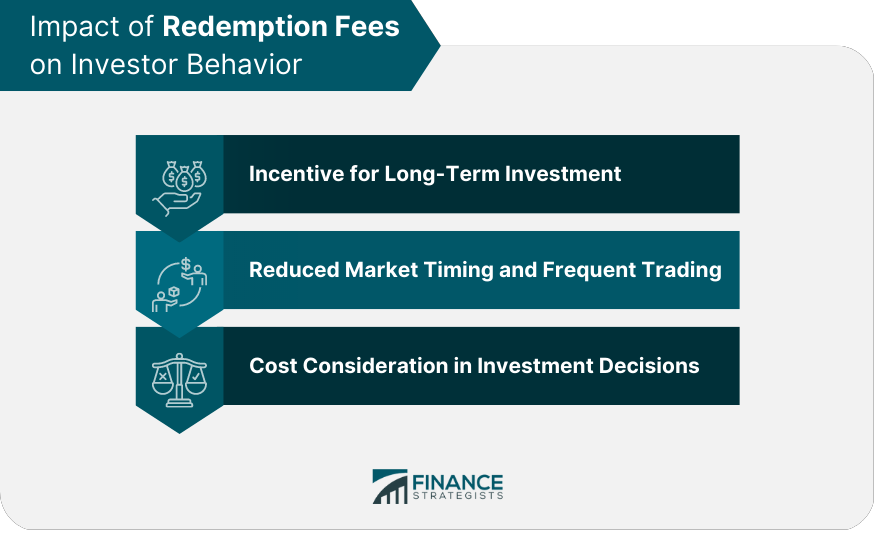Redemption in Finance: Meaning, Types, and How Investors Can Navigate the Process
Understanding Redemption in Finance
Redemption in finance refers to the process of recovering or repaying the principal amount invested in a financial instrument, either at or sometimes before its maturity date. This concept is central to fixed-income securities like bonds, preferred stocks, and mutual funds, but it also applies to various other financial products. Redemption allows investors to convert their investments back into cash, usually under terms predetermined when the instrument was issued [1] . Understanding the mechanics, implications, and procedures of redemption is essential for investors seeking liquidity, portfolio adjustments, or to realize gains at specific times [2] .
Types of Redemption in Finance
The redemption process can differ depending on the type of financial instrument involved. Below are the most common categories:
Bond Redemption
Bond redemption occurs when the issuer repays the bond’s face value to the holder at maturity, or earlier if the bond is callable. Callable bonds allow issuers to redeem bonds before maturity, usually when interest rates fall, enabling them to refinance at lower costs. Investors should always check whether their bonds are callable and understand the conditions under which early redemption may take place. The redemption price is often set at par (the face value), but may sometimes include a premium [5] .
For example, if a corporation issues a $1,000 bond with a callable feature, it may choose to redeem the bond at $1,050 if interest rates drop and it can issue new bonds at a lower rate. In such cases, investors receive their principal plus any applicable premium, but may lose out on future interest payments. Callable bonds typically pay a slightly higher coupon to compensate investors for this risk [1] .
Mutual Fund Redemption
Mutual fund shares can be redeemed by investors at the current net asset value (NAV). When investors redeem, they sell their shares back to the fund and receive cash, usually within seven days of submitting a redemption request. Fees may apply, especially for early redemptions, and some funds impose short-term trading fees to discourage frequent withdrawals [4] .

Source: lifehopeandtruth.com
A practical example: An investor holding $10,000 worth of mutual fund shares may choose to redeem $2,000. The fund processes the request at the NAV calculated at the end of the day. If the fund imposes a 1% redemption fee for shares held under 30 days, the investor would pay $20 in fees on the $2,000 transaction [2] .
Preferred Stock Redemption
Preferred stocks sometimes include a redemption or “call” feature, enabling the company to repurchase shares at a specified price after a certain date. The redemption price is often at par value or a small premium. This mechanism gives issuers flexibility to manage their capital structure and cost of capital [1] .
For investors, it’s important to review the prospectus or offering documents for any redemption terms and schedules. Early redemption can impact expected returns, especially if the shares are bought at a premium above the redemption price.
The Redemption Process: Steps and Practical Guidance
Redemption typically follows a multi-step process that ensures both issuer and investor obligations are met. Here’s a breakdown of how investors can access their funds or redeem financial assets:
-
Review the Instrument’s Terms:
Carefully examine your security’s prospectus or agreement for redemption provisions. Key points include the redemption date, price, notice requirements, and any applicable penalties or fees. -
Initiate Redemption:
Notify the issuer or fund manager of your intention to redeem. This usually requires submitting a redemption or withdrawal form, either online, by mail, or through your financial advisor [4] . -
Verify Identification and Ownership:
Complete any required verification steps, such as confirming your identity, providing account details, and specifying the holdings to be redeemed. -
Understand Processing Times:
Mutual funds typically process redemptions within seven days, while bonds and preferred stocks may have set redemption dates or periods. Review your account statements for confirmation and settlement timelines. -
Account for Fees and Taxes:
Evaluate any redemption fees or penalties for early withdrawal, and consider potential tax implications, such as capital gains taxes on profits realized during redemption [2] .
Real-World Examples and Case Studies
Consider an investor holding a 10-year corporate bond issued at 5% interest. Five years into the term, the issuer exercises a call option and redeems the bond at a 2% premium due to favorable market interest rates. The investor receives the principal plus the premium but loses out on future interest payments. Alternatively, a mutual fund investor may redeem $5,000 for tuition expenses, subject to a 0.50% redemption fee for shares held less than 90 days.

Source: gamingbolt.com
For preferred stock, a company may announce a redemption date for all outstanding Series A preferred shares, offering to buy them back at $25 per share plus accrued dividends. Shareholders receive payments directly to their brokerage accounts, provided they submit the required documentation within the stipulated timeframe.
Potential Challenges and Solutions
Redemption can present challenges, such as:
-
Early Redemption Penalties:
Some financial instruments impose penalties for redeeming before maturity. Investors should weigh these costs against their liquidity needs. -
Market Timing Risks:
Redeeming assets during volatile markets can lock in losses or reduce potential gains. Consider consulting a financial professional before taking action. -
Administrative Hurdles:
Completing forms accurately and providing all necessary identification is crucial. Errors or omissions can delay processing. -
Tax Implications:
Redemption events may trigger taxable gains. Review current tax laws or consult with a tax advisor to plan accordingly.
Alternative Approaches and Best Practices
Investors seeking to manage redemptions more strategically may consider the following alternatives:
-
Laddering Investments:
In bond portfolios, holding instruments with staggered maturities can provide regular liquidity without incurring early redemption penalties. -
Partial Redemptions:
Instead of selling all holdings, redeem only the portion needed. This can help manage cash flow and tax exposure. -
Understanding Redemption Schedules:
Especially for callable bonds or preferred stock, anticipate potential redemption dates to avoid unpleasant surprises. -
Consulting Professionals:
Financial advisors can help you interpret complex redemption terms and optimize your investment strategy.
How to Access Redemption Services
If you wish to redeem an investment, you can typically:
- Contact your broker or financial advisor for instructions on initiating redemption. They can provide forms, verify account details, and guide you through the process.
- Log in to your online investment platform or mutual fund provider’s portal. Most major brokers and fund houses have step-by-step instructions for submitting redemption requests.
- If you hold assets directly with a company (for example, preferred shares), review shareholder communications for redemption notices and deadlines. Companies often send detailed instructions by mail or electronically.
If you have difficulty finding the correct process, search for your provider’s official website or call their customer service line. Use search terms like “redeem mutual fund shares [provider name]” or “bond redemption [issuer name]” for company-specific guidance.
Key Takeaways
Redemption in finance is a fundamental process that allows investors to recover invested capital from bonds, mutual funds, preferred stocks, and other financial instruments. The process is governed by specific terms and may involve fees, penalties, or tax considerations. By understanding the redemption process and available alternatives, investors can make informed decisions that best suit their financial goals.
References
MORE FROM jobsmatch4u.com













